Home>Technology>Smart Home Devices>Where Is Printer Control Panel
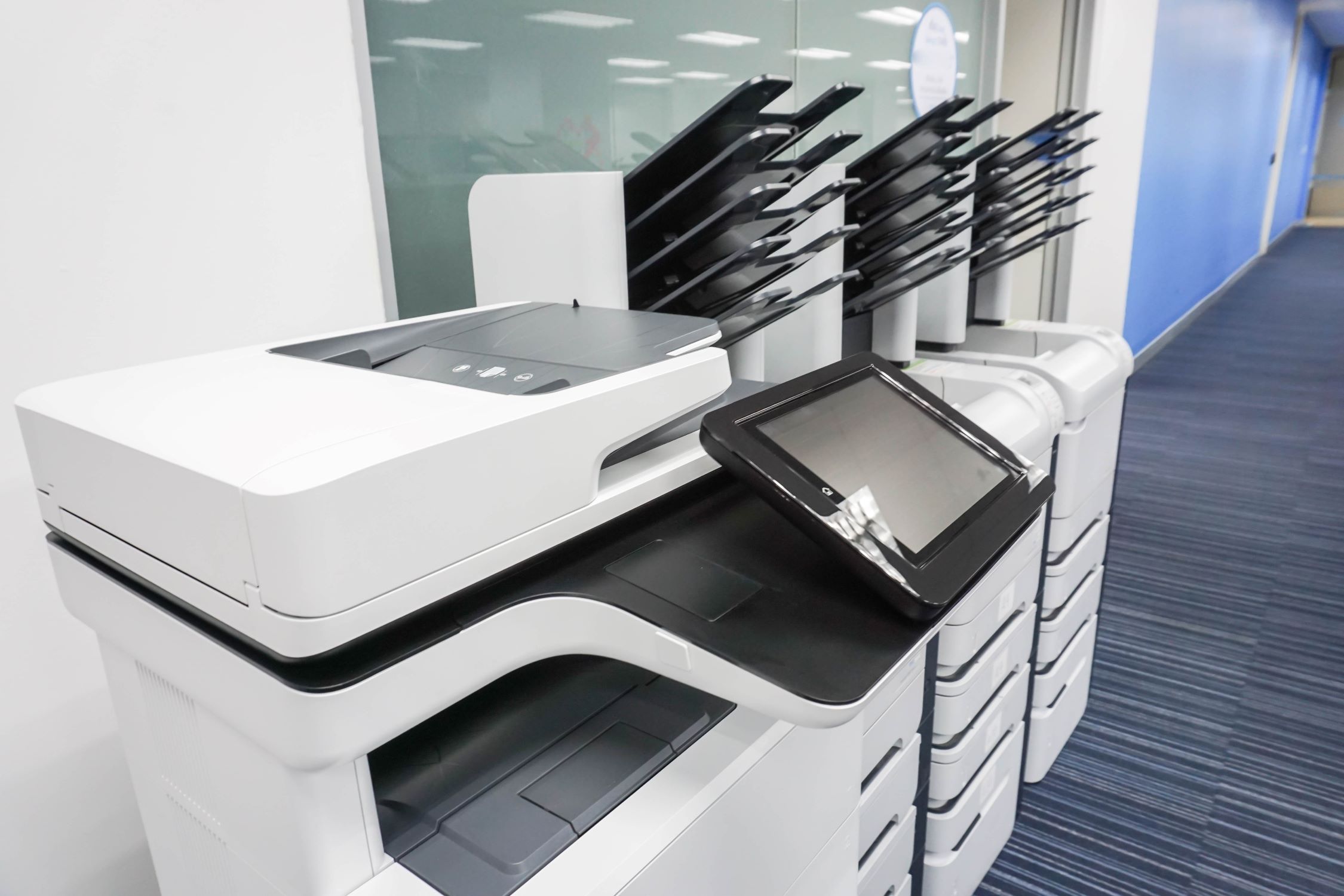

Smart Home Devices
Where Is Printer Control Panel
Modified: January 25, 2024
Discover how to locate the printer control panel in your smart home devices. Learn essential tips for easy access and troubleshooting.
(Many of the links in this article redirect to a specific reviewed product. Your purchase of these products through affiliate links helps to generate commission for Storables.com, at no extra cost. Learn more)
Introduction
In the realm of modern printing technology, the printer control panel stands as a pivotal interface between users and the printing device. This essential component empowers users to navigate through various printing options, manage settings, and troubleshoot issues with ease. Understanding the functionalities and the location of the printer control panel is crucial for optimizing the printing experience.
The printer control panel serves as the command center for initiating print jobs, adjusting settings, and monitoring the status of the printer. With its user-friendly interface and intuitive design, it streamlines the printing process and enhances efficiency. Whether it's a multifunction printer in an office setting or a compact home printer, the control panel is a fundamental element that empowers users to interact with the printing device seamlessly.
In this comprehensive guide, we delve into the intricacies of the printer control panel, shedding light on its functionalities, location, and troubleshooting methods. By gaining a deeper understanding of the printer control panel, users can harness its full potential and overcome any challenges that may arise during the printing process. Let's embark on this enlightening journey to unravel the mysteries of the printer control panel and unlock its myriad capabilities.
Key Takeaways:
- The printer control panel is like the command center for your printer, allowing you to easily manage print jobs, customize settings, and troubleshoot issues without relying solely on your computer.
- Whether it’s a standalone, multifunction, or wireless printer, the control panel’s location is strategically designed for easy access and visibility, ensuring that you can interact with the printer effortlessly.
Read more: How To Reset Balboa Hot Tub Control Panel
Understanding the Printer Control Panel
The printer control panel is a user interface that allows individuals to interact with the printer, access various functions, and manage print jobs. It typically features a display screen, navigation buttons, and specific function buttons that enable users to execute commands and customize print settings. This intuitive interface serves as a gateway to harness the full potential of the printer, offering a seamless way to initiate, monitor, and control printing tasks.
Modern printer control panels are designed to be user-friendly and ergonomic, catering to the diverse needs of individuals and businesses. The interface is often equipped with a touchscreen display or a series of physical buttons, providing a tactile and visual means of interaction. Through the control panel, users can access a range of functions, including printing, scanning, copying, and faxing, depending on the capabilities of the printer.
One of the key aspects of the printer control panel is its role in facilitating customization. Users can adjust print settings such as paper size, orientation, quality, and quantity directly from the control panel, eliminating the need to rely solely on computer-based configurations. This level of autonomy empowers users to tailor their printing preferences according to specific requirements, enhancing flexibility and convenience.
Additionally, the control panel often serves as a hub for accessing maintenance options and troubleshooting tools. Users can perform tasks such as cleaning printheads, calibrating the printer, and diagnosing issues through the control panel, minimizing the reliance on external devices or software for routine maintenance.
Understanding the layout and functionality of the printer control panel is essential for optimizing the printing experience. By familiarizing oneself with the various buttons, icons, and menu options, users can navigate through the interface with confidence and precision. This knowledge empowers individuals to leverage the full spectrum of features offered by the printer, ultimately enhancing productivity and efficiency in both personal and professional printing environments.
Locating the Printer Control Panel
Locating the printer control panel is the first step in establishing a seamless interaction with the printing device. The placement of the control panel varies depending on the type and model of the printer. However, manufacturers often strategically position the control panel for easy access and visibility, ensuring that users can operate the printer with convenience.
For standalone printers, the control panel is typically integrated into the front or top surface of the device. It may feature a prominent display screen, navigation buttons, and function-specific keys that are intuitively arranged for user accessibility. The control panel’s design is often ergonomic, allowing users to interact with the printer comfortably while maintaining a clear view of the display and buttons.
In the case of multifunction printers, the control panel is usually located on a pivoting or fixed panel that is part of the printer’s overall design. This arrangement enables users to adjust the angle of the control panel for optimal viewing and interaction, accommodating varying user heights and preferences. The multifunction printer’s control panel may incorporate additional buttons and controls to facilitate scanning, copying, and faxing functions, offering a comprehensive interface for managing diverse tasks.
Wireless and network printers often feature control panels that are equipped with touchscreen displays, providing a modern and intuitive interface for users to navigate through settings and execute commands. The touchscreen control panels offer a dynamic user experience, allowing for seamless interaction through gestures and on-screen prompts.
When locating the printer control panel, it is essential to consider the visibility and accessibility of the interface. Placing the printer in a well-lit and easily accessible area enhances the user experience, ensuring that the control panel is readily available for operation and maintenance tasks. Additionally, positioning the printer in a location with adequate space for opening and accessing the control panel facilitates hassle-free interaction.
By familiarizing oneself with the physical placement and design of the printer control panel, users can optimize their printing experience and leverage the full range of functionalities offered by the device. Whether it’s a compact home printer or a multifunctional office printer, the control panel’s strategic positioning plays a pivotal role in enabling users to interact with the printer effortlessly.
If you’re looking for the printer control panel, it is usually located on the front or top of the printer. Look for a small screen and buttons that allow you to navigate and control the printer’s functions.
Printer Control Panel Functions
The printer control panel encompasses a diverse array of functions that empower users to manage print jobs, customize settings, and troubleshoot issues directly from the interface. Understanding the range of functions available through the control panel is essential for harnessing the full potential of the printer and optimizing the printing experience.
Print Initiation: One of the primary functions of the control panel is to initiate print jobs. Users can select the desired document or image to be printed and specify the print settings directly from the control panel, streamlining the printing process without the need for extensive computer interaction.
Settings Customization: The control panel allows users to customize a variety of print settings, including paper size, orientation, quality, and quantity. This level of customization empowers users to tailor their printing preferences according to specific requirements, enhancing flexibility and efficiency.
Function Selection: For multifunction printers, the control panel facilitates the selection of various functions such as scanning, copying, and faxing. Users can easily navigate through the available options and execute specific functions directly from the control panel, eliminating the need for separate devices or software.
Status Monitoring: The control panel provides real-time status monitoring, allowing users to check the progress of print jobs, monitor ink or toner levels, and receive alerts for any issues or maintenance requirements. This proactive approach to status monitoring enhances user awareness and facilitates timely intervention when necessary.
Maintenance and Troubleshooting: Through the control panel, users can access maintenance options such as printhead cleaning, calibration, and diagnostic tools. This empowers users to perform routine maintenance tasks and address common printer issues directly from the interface, minimizing downtime and enhancing printer longevity.
Wireless and Network Connectivity: In modern printers, the control panel often includes options for wireless and network connectivity settings. Users can configure wireless connections, input network credentials, and manage connectivity preferences directly from the control panel, simplifying the setup process.
By leveraging the diverse functions available through the printer control panel, users can streamline their printing tasks, customize settings with precision, and address maintenance or connectivity requirements effectively. The intuitive nature of the control panel empowers users to interact with the printer seamlessly, fostering a user-centric printing experience that prioritizes convenience and efficiency.
Troubleshooting Printer Control Panel Issues
While the printer control panel serves as a user-friendly interface for managing print tasks and settings, occasional issues may arise that hinder its functionality. Understanding common control panel issues and implementing troubleshooting strategies is essential for maintaining a seamless printing experience and resolving potential challenges effectively.
Unresponsive Control Panel: If the control panel becomes unresponsive or does not display any information, a simple troubleshooting step is to ensure that the printer is receiving power and is properly connected to a functioning power source. Additionally, restarting the printer or performing a reset may help restore the control panel’s functionality.
Display Errors or Distortions: In the event of display errors or distortions on the control panel, such as flickering screens or pixelated images, checking the physical connections and ensuring that the display screen is free from obstructions or damage is crucial. If the issue persists, updating the printer’s firmware or contacting technical support may be necessary.
Button Responsiveness: If specific buttons on the control panel are unresponsive or intermittently function, inspecting the buttons for debris or physical damage is a recommended troubleshooting step. Cleaning the buttons gently with a soft, dry cloth can help restore their responsiveness. In cases of persistent issues, seeking professional assistance may be required.
Menu Navigation Issues: When encountering difficulties with navigating through the control panel menus or accessing specific functions, verifying that the printer’s firmware is up to date is essential. Firmware updates often address software-related issues that may affect menu navigation and functionality.
Connectivity Problems: If the control panel displays connectivity-related errors or fails to establish wireless or network connections, reviewing the printer’s connectivity settings through the control panel is a fundamental troubleshooting step. Verifying network credentials, reconfiguring wireless connections, and ensuring that the printer is within range of the network can help resolve connectivity issues.
Calibration and Configuration Errors: In cases where the printer’s calibration or configuration settings through the control panel appear inaccurate or inconsistent, performing a printer recalibration or restoring default settings may rectify the issue. The control panel typically provides options for recalibration and configuration adjustments to address such issues.
By addressing control panel issues proactively and leveraging the troubleshooting strategies available through the interface, users can overcome potential obstacles and maintain the optimal functionality of the printer control panel. Additionally, consulting the printer’s user manual or contacting technical support can provide valuable guidance for resolving advanced control panel issues and ensuring a seamless printing experience.
Read more: Why Is My Hot Tub Control Panel Not Working?
Conclusion
The printer control panel stands as a pivotal interface that empowers users to interact with printing devices seamlessly, manage settings, and troubleshoot issues effectively. Understanding the nuances of the control panel, including its functionalities and location, is instrumental in optimizing the printing experience and fostering user-centric convenience.
By delving into the intricacies of the printer control panel, users gain the knowledge and confidence to navigate through its intuitive interface, customize print settings, and leverage a diverse array of functions. Whether initiating print jobs, monitoring status, or addressing maintenance tasks, the control panel serves as a versatile tool for streamlining printing operations and enhancing productivity.
The strategic placement of the control panel on printers ensures accessibility and visibility, catering to the ergonomic needs of users and facilitating seamless interaction. Whether it’s a standalone printer, a multifunction device, or a wireless printer, the control panel’s location plays a pivotal role in ensuring user convenience and operational efficiency.
Moreover, the troubleshooting strategies available through the control panel empower users to address potential issues promptly, maintaining the optimal functionality of the interface and mitigating disruptions to the printing process. By proactively resolving control panel issues and leveraging the interface’s maintenance capabilities, users can uphold a consistent and reliable printing experience.
In conclusion, the printer control panel serves as a cornerstone of user interaction with printing devices, offering a gateway to a myriad of functions, settings, and maintenance options. By embracing the capabilities of the control panel and familiarizing oneself with its nuances, users can harness the full potential of their printers and cultivate a seamless, user-centric printing experience.
As technology continues to evolve, the printer control panel remains at the forefront of user-centric design, catering to the diverse needs of individuals and businesses. Its role in simplifying printing tasks, enhancing customization, and facilitating troubleshooting underscores its significance as an indispensable component of modern printing technology.
Frequently Asked Questions about Where Is Printer Control Panel
Was this page helpful?
At Storables.com, we guarantee accurate and reliable information. Our content, validated by Expert Board Contributors, is crafted following stringent Editorial Policies. We're committed to providing you with well-researched, expert-backed insights for all your informational needs.
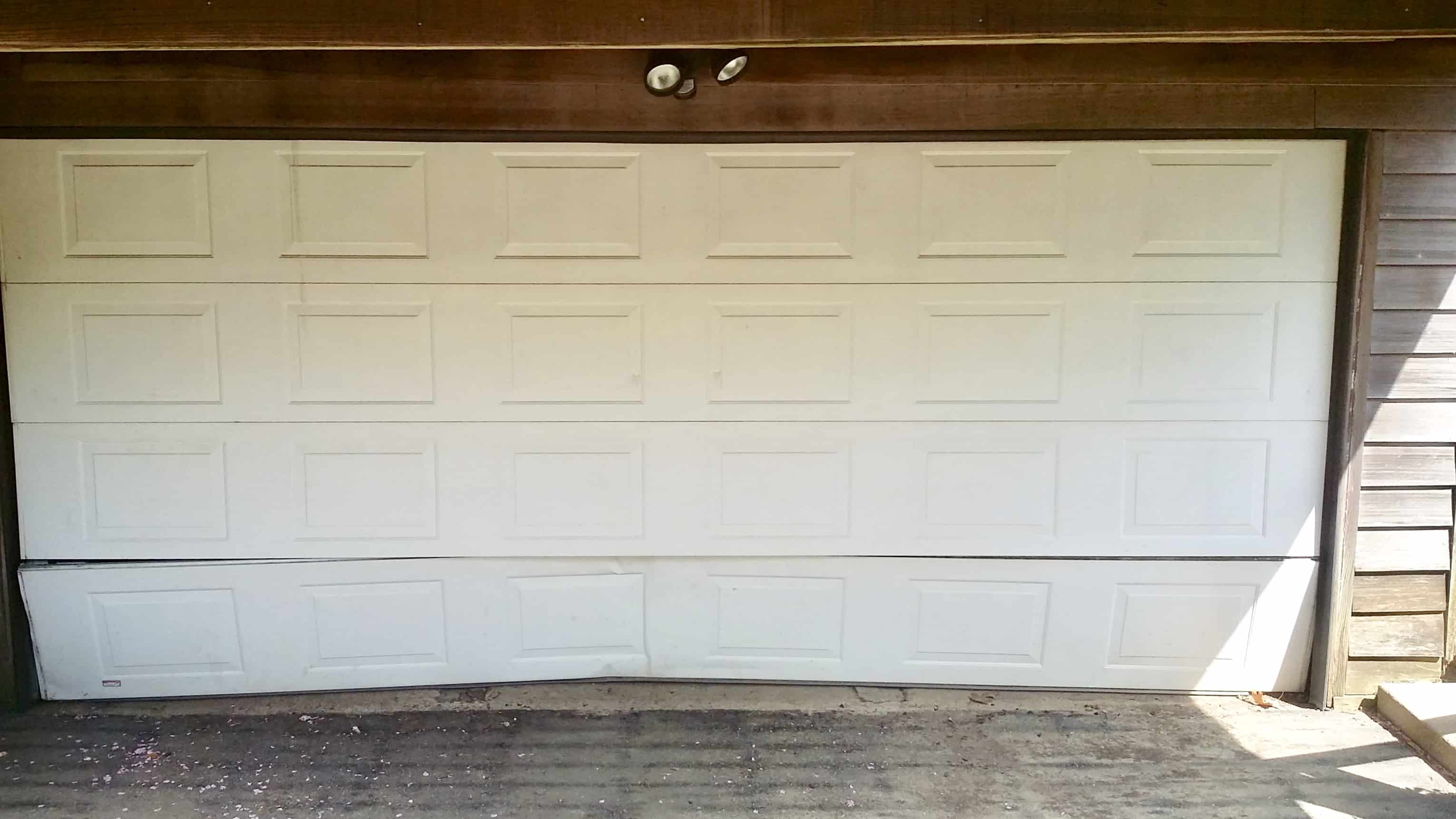
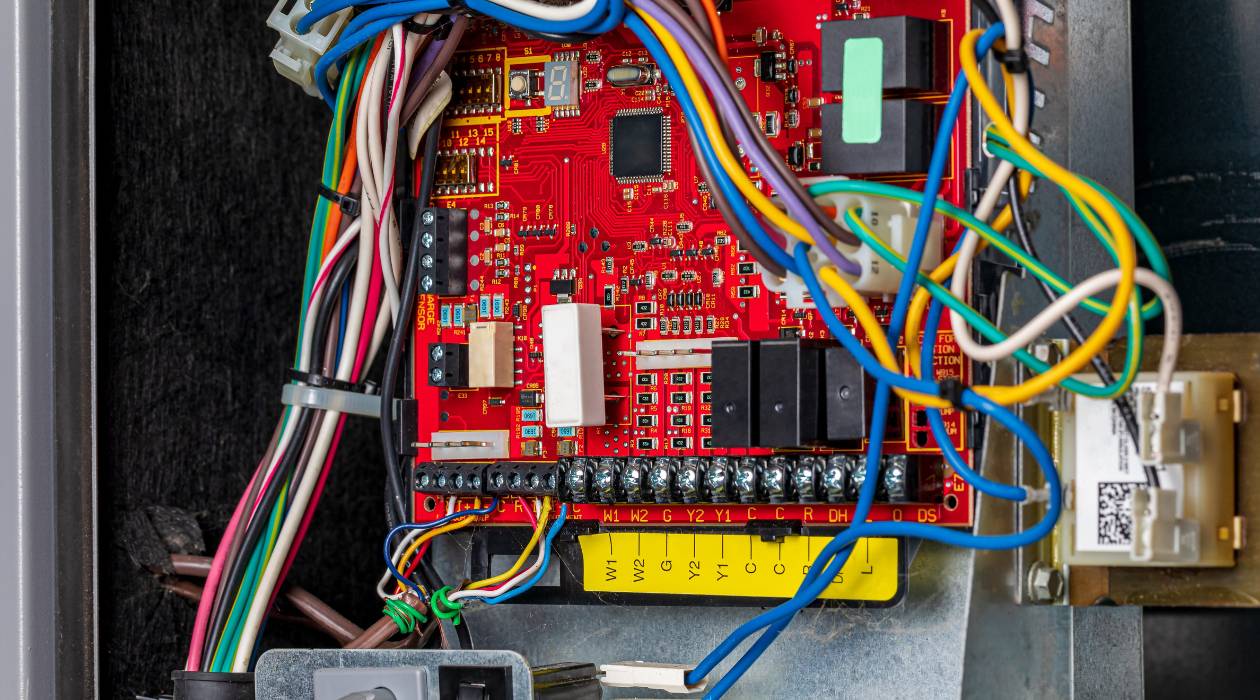
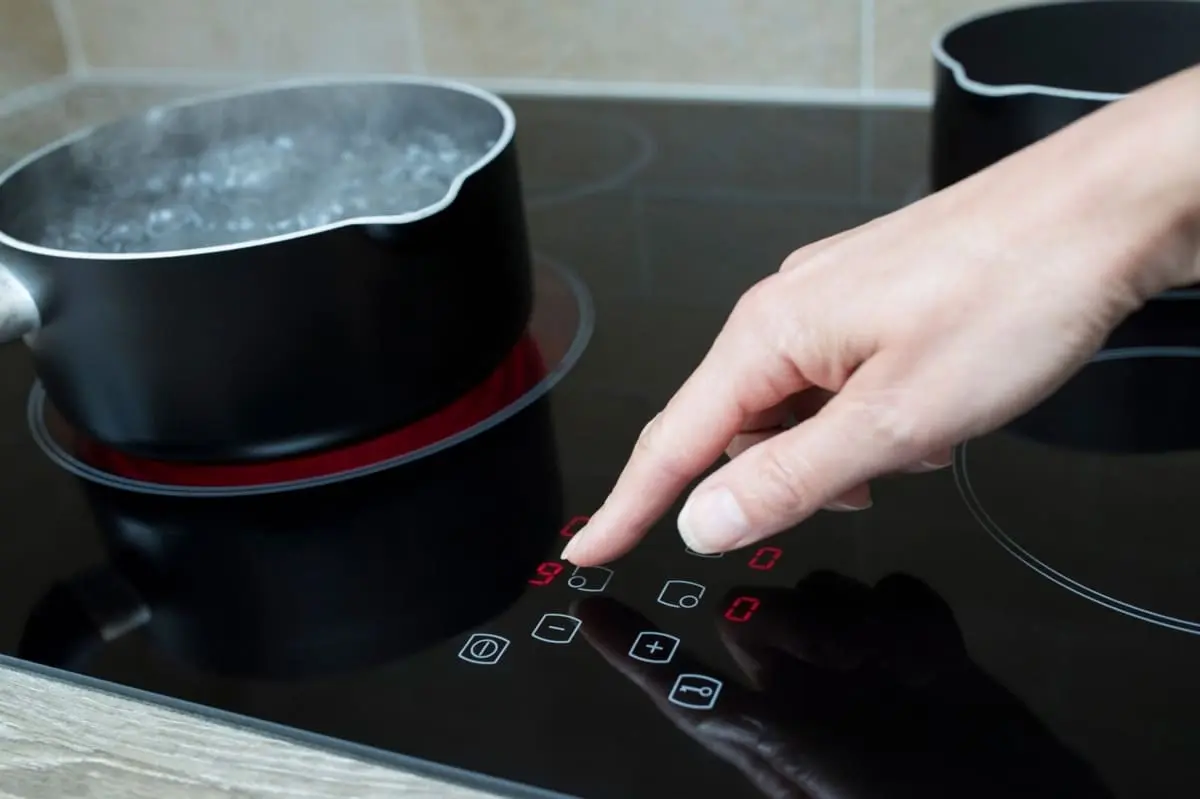
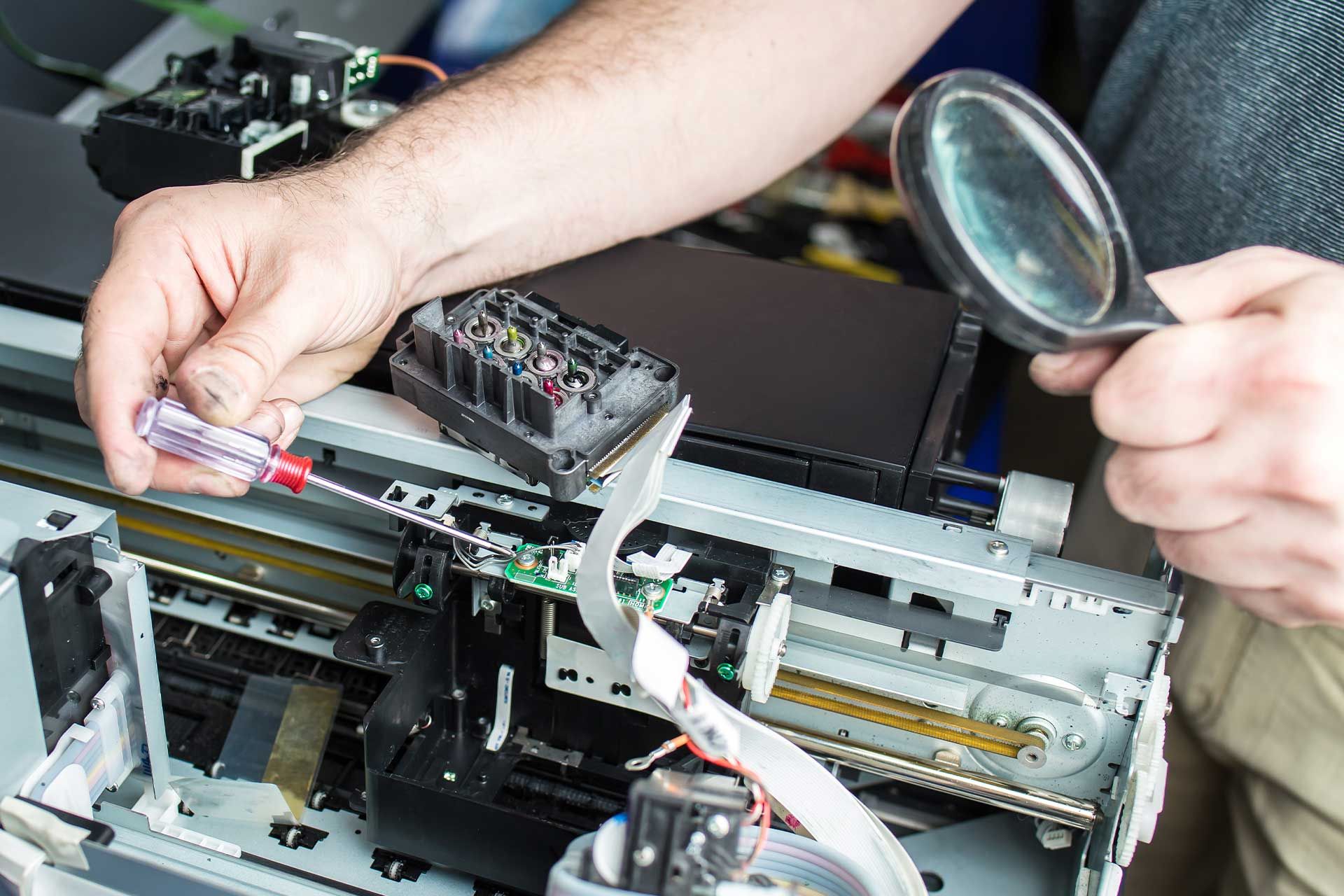
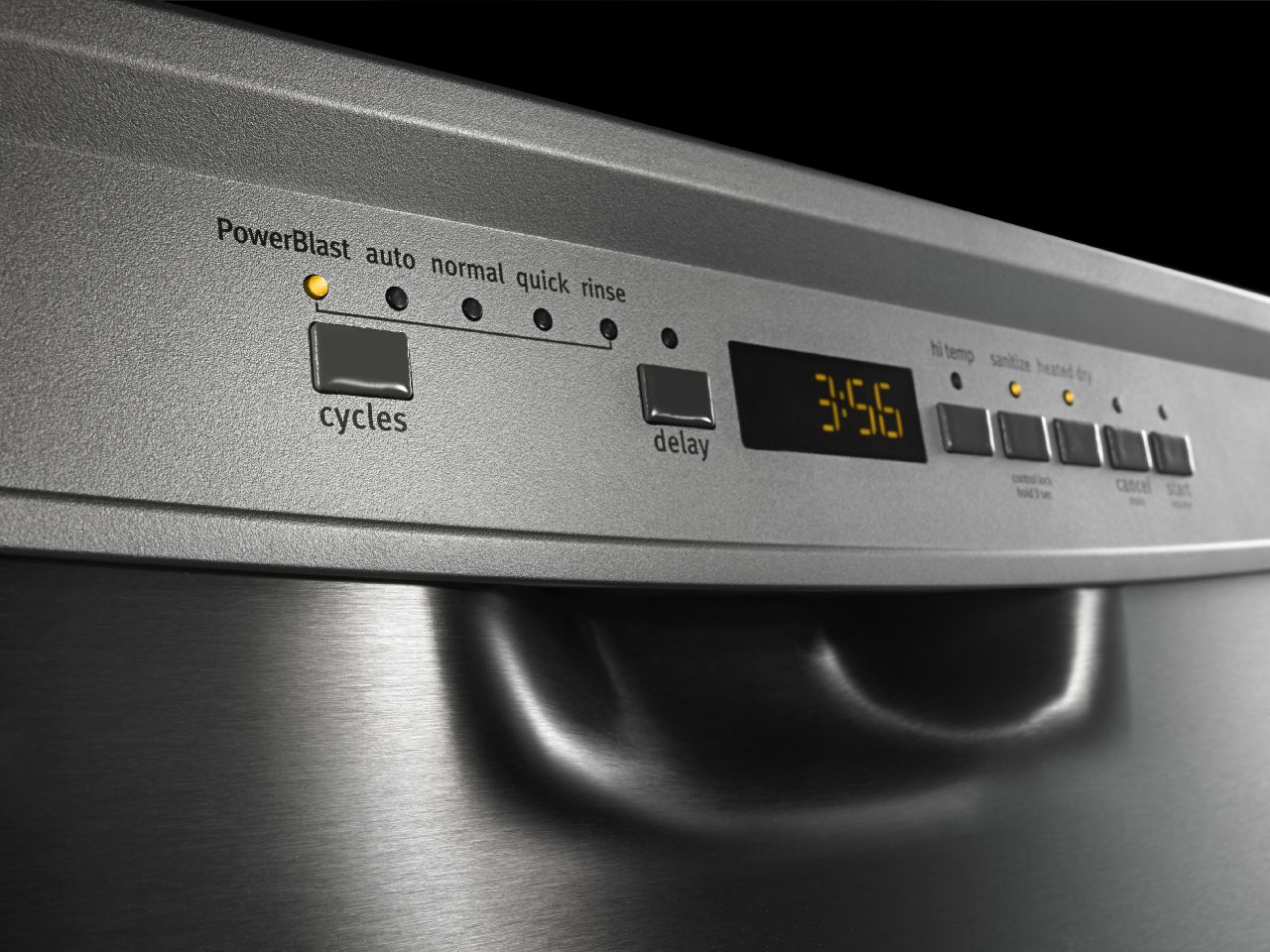
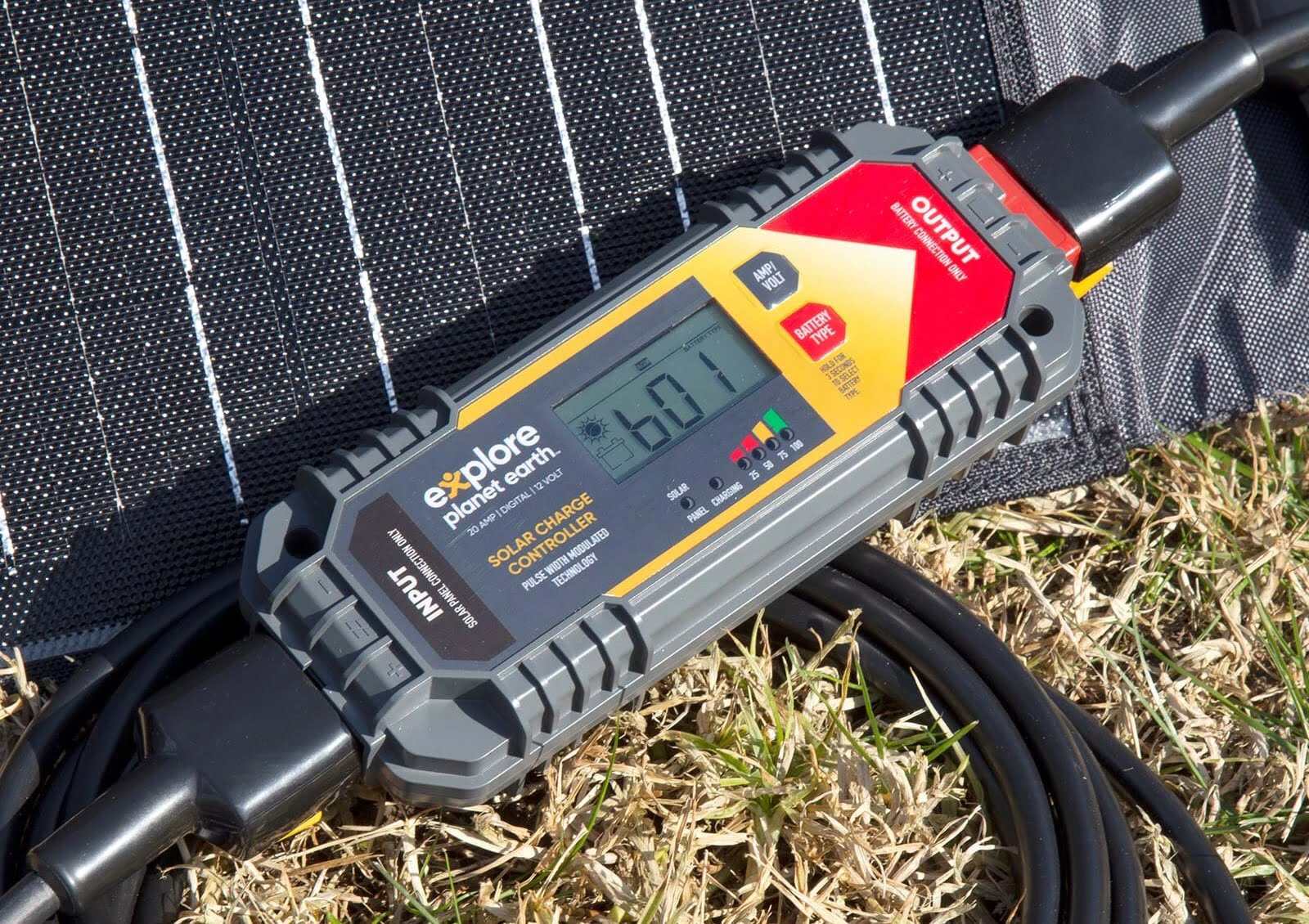
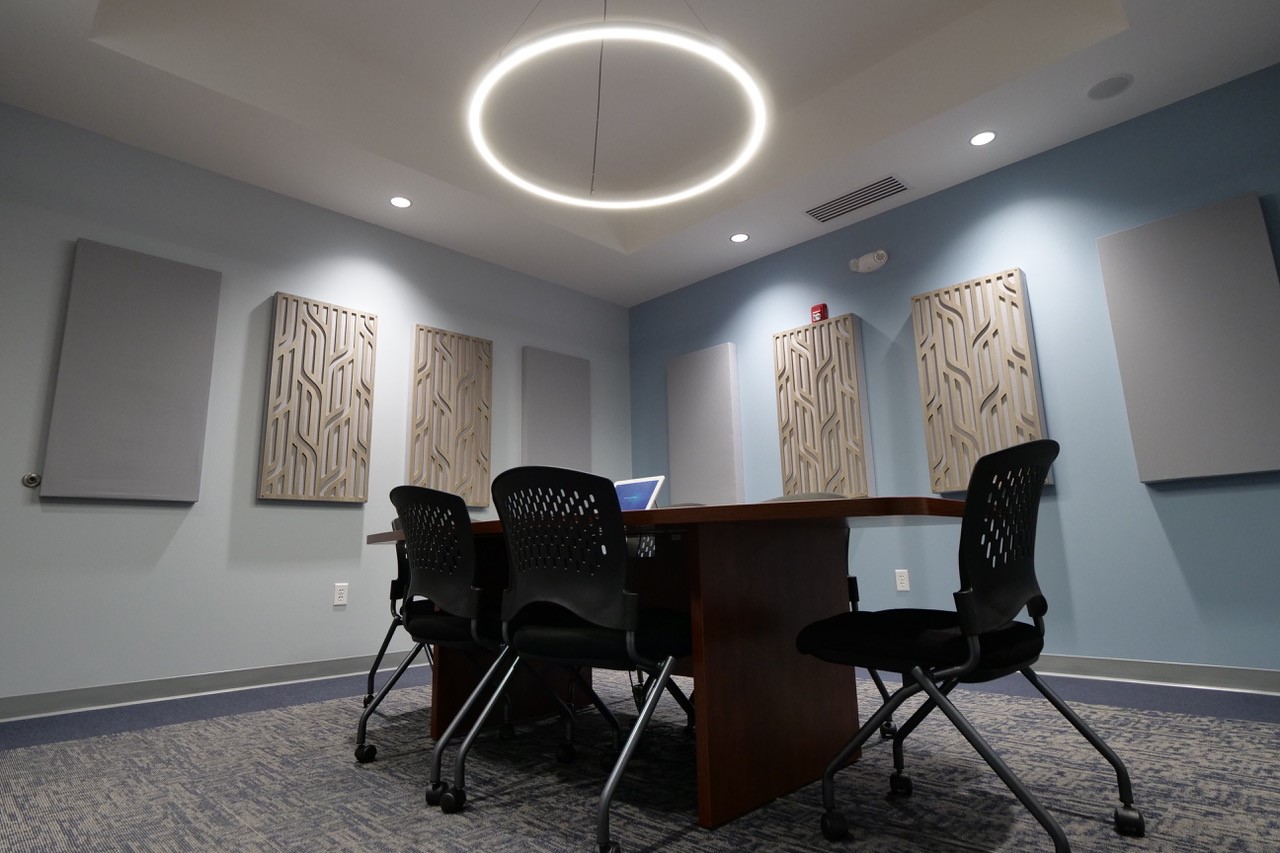
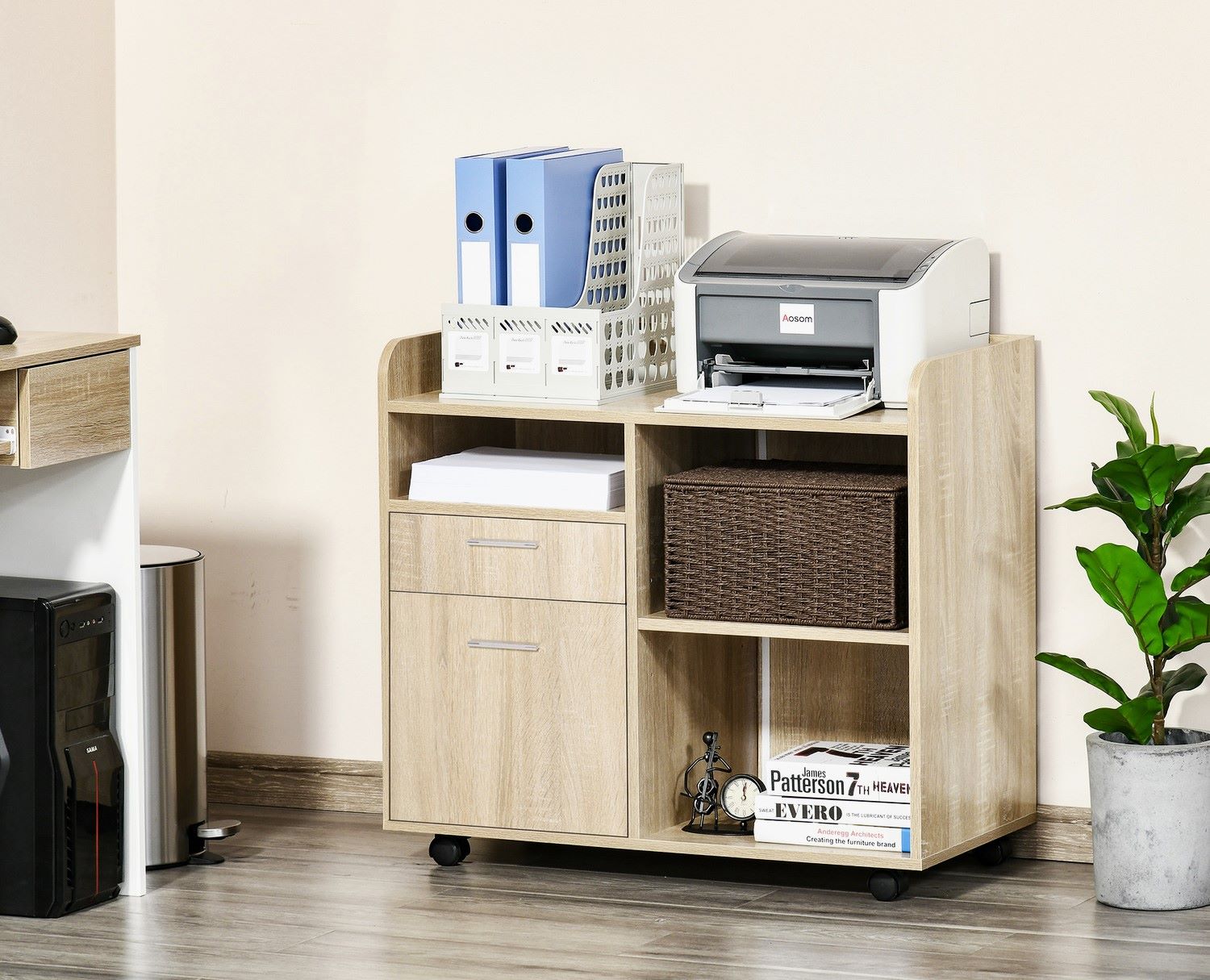
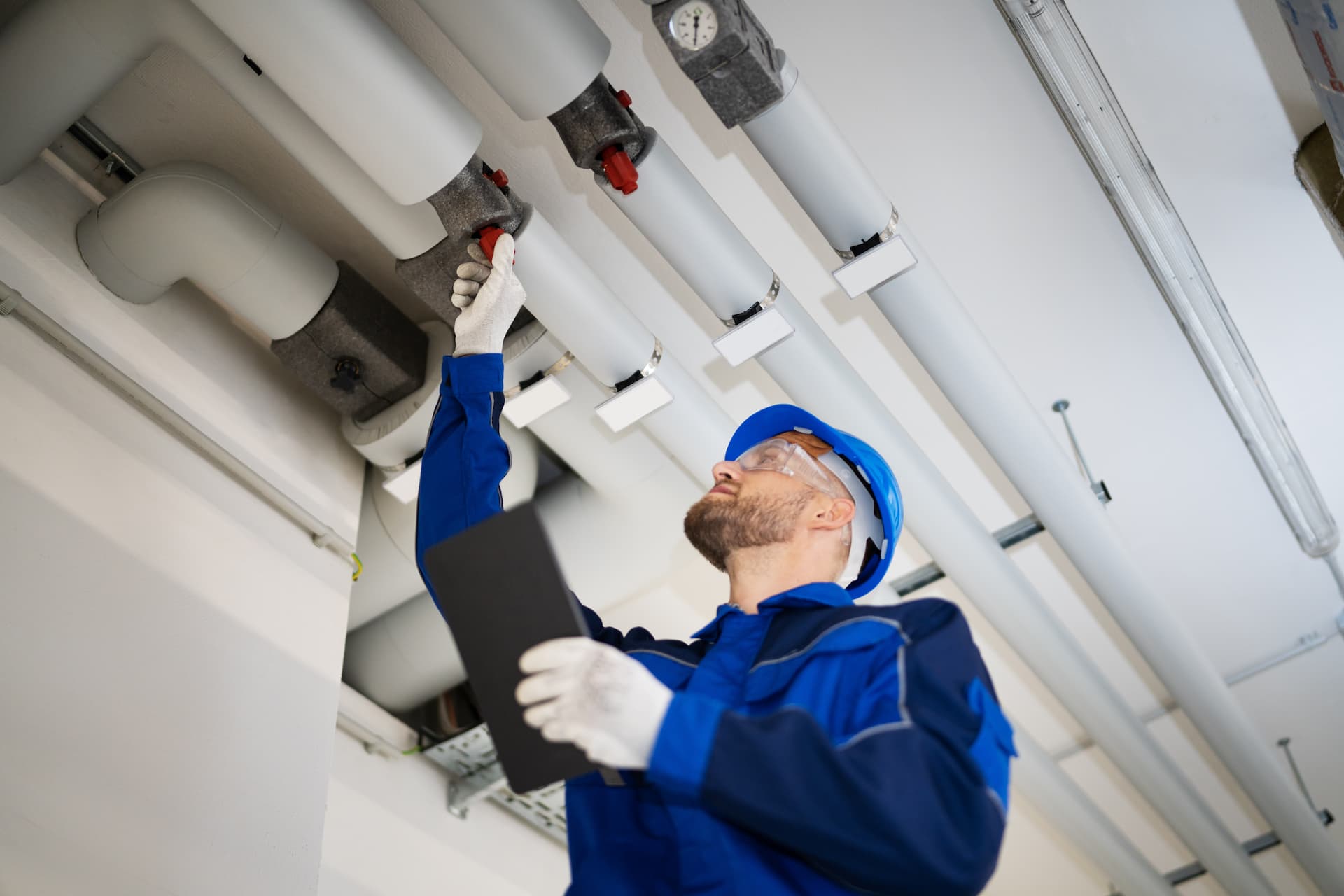

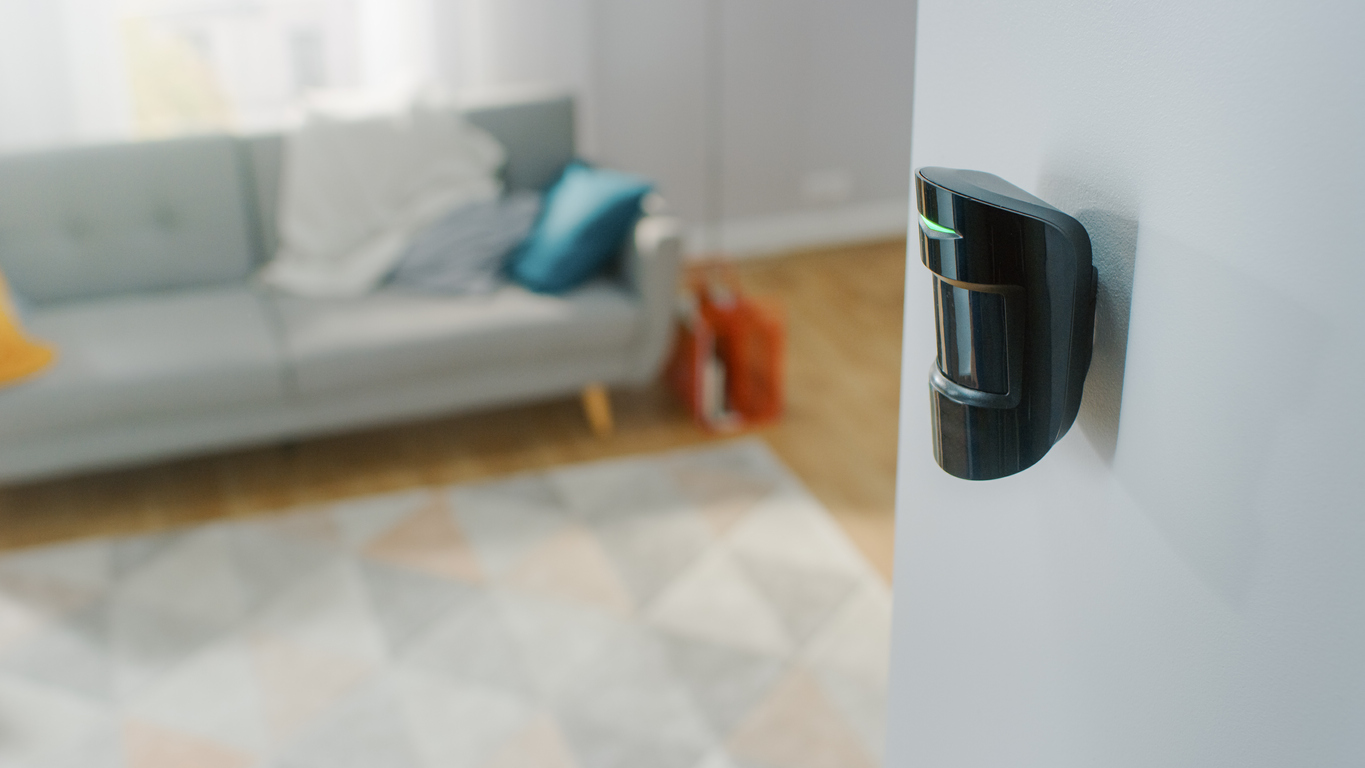
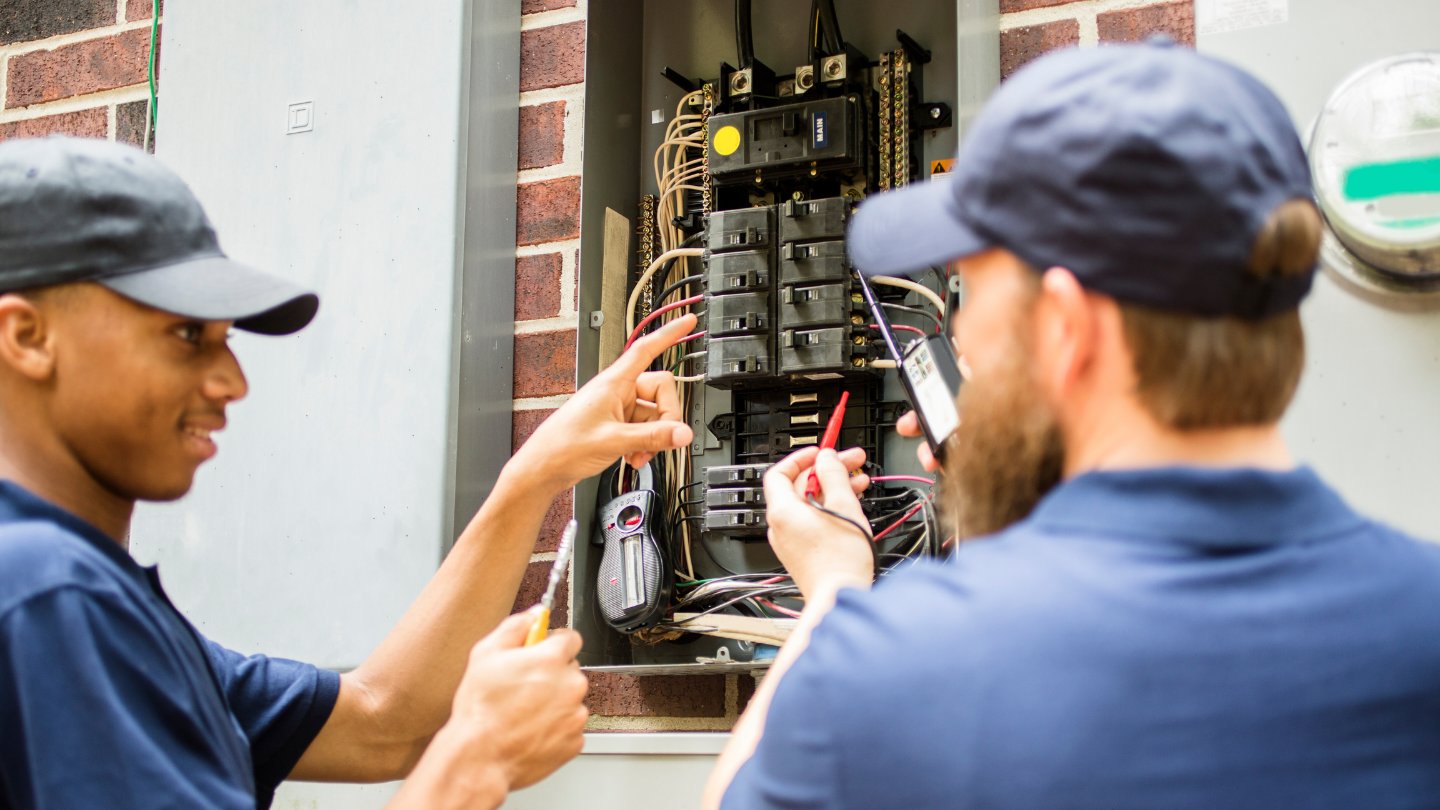

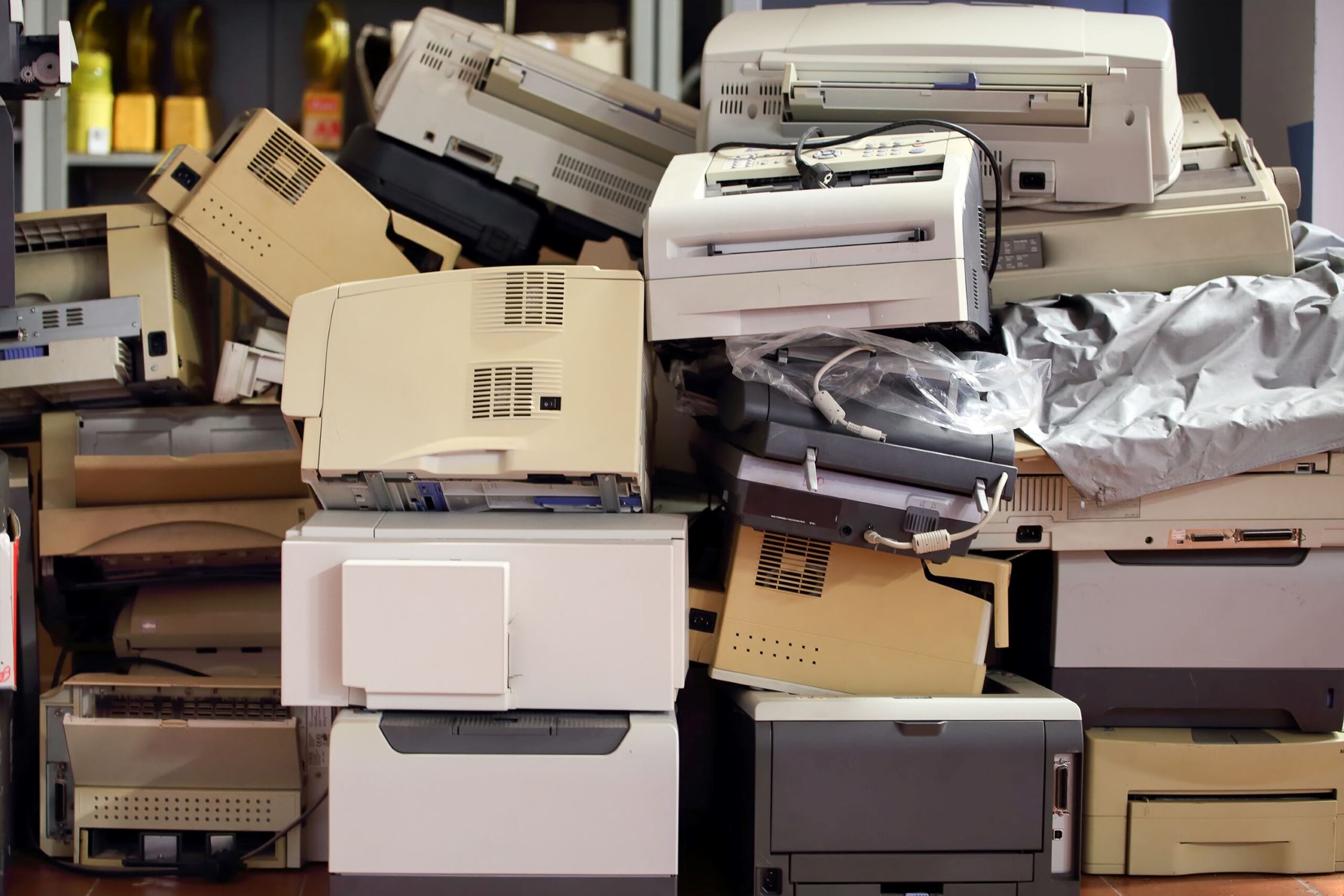

0 thoughts on “Where Is Printer Control Panel”